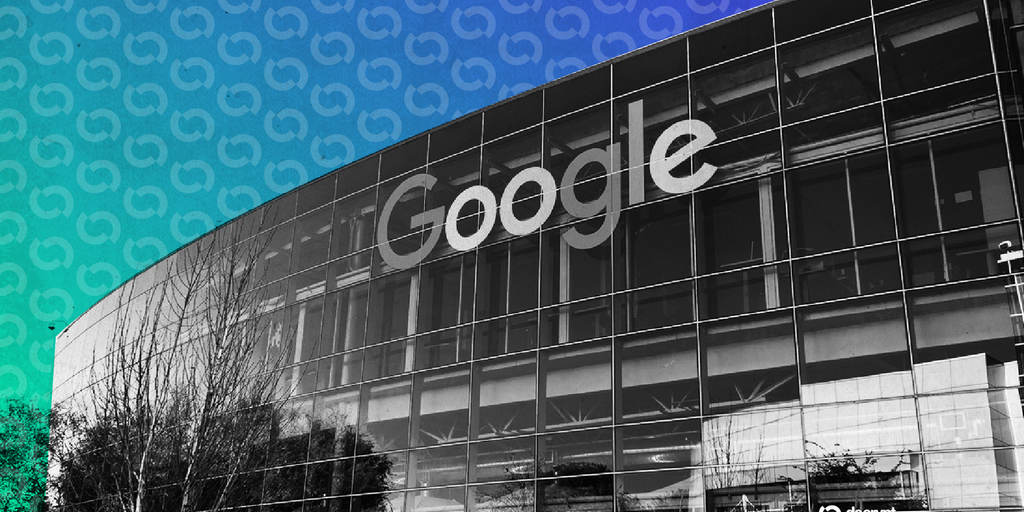
Summary
- Rich Widmann, the head of Google Cloud’s Web3 strategy, has confirmed that the Universal Ledger operates as a layer-1 blockchain.
- This system employs Python for smart contracts, setting it apart from standard programming languages like Solidity and Rust.
- Analysts express concerns regarding Google’s impartiality as it rivals Stripe and Circle for institutional blockchain services.
More than five months after Google Cloud announced its partnership with CME Group, Rich Widmann confirmed this Tuesday that the Universal Ledger is a layer-1 blockchain.
“The buzz around layer-1 blockchains has highlighted Google’s own layer-1,” Widmann noted on LinkedIn. “When creating a layer-1, differentiation is key.”
Widmann’s remarks come in the wake of CME Group’s March 25 announcement that it has finalized the initial phase of integration and testing for the initiative. At that time, details were limited regarding whether the chain is public or private.
A layer-1 blockchain operates independently, managing its own transactions and security directly. In contrast to layer-2 chains, it doesn’t depend on another chain for validation, although layer-2 solutions can enhance efficiency.
Decrypt reached out to Widmann and Google for comments but did not receive an immediate reply.
Why Python?
Known as the Google Cloud Universal Ledger (GCUL), Widmann portrayed it as an essential layer supporting Python-based smart contracts for a programmable, distributed ledger focused on wholesale payments and the tokenization of assets.
The use of this programming language distinguishes Google’s layer-1 from the more commonly used options in the crypto sector, such as Solidity for Ethereum-compatible chains and Rust for Solana, Aptos, and Sui.
Opting for Python is “pragmatic” as it “reduces the entry barrier for enterprises and fintech developers already familiar with it for data science, finance, and machine learning,” said Christine Erispe, a developer advocate at Ethereum Philippines, when speaking to Decrypt.
With Python, the forthcoming layer-1 could “speed up innovation,” but may also “isolate developers” unless Google provides “robust tooling, auditing, and interoperability options,” Erispe mentioned.
This choice is “a contrarian bet,” because “instead of being EVM-compatible, it relies on Google’s infrastructure, financial partnerships, and a unique coding approach,” she added.
Is it truly neutral?
Contrary to other emerging layer-1s like Stripe’s Tempo or Circle’s Arc, Google’s infrastructure is aimed at being openly accessible, with Widmann branding it as a “high-performance, credibly neutral” network for “any financial institution” to utilize.
While Stripe and Circle are “designing chains that align directly with their own business models,” Google is “approaching this undertaking from a different perspective: scalability and neutrality,” noted Aharon Miller, co-founder and COO of the crypto payments platform Oobit, in conversation with Decrypt.
As a centralized giant, Google “operates a significant portion of the internet’s infrastructure, but the real challenge lies in whether institutions trust them to maintain neutrality over time,” Miller added.
However, Dr. Sean Yang, CTO at OORT—a decentralized AI data cloud—contended that Google’s claims of neutrality might be “more about marketing than reality.”
Google has “significant conflicts of interest regarding payments, cloud services, and advertising,” Yang remarked to Decrypt.
When discussing the distinctions between the three developing layer-1 solutions, Yang stated Google is “casting a wide net” while “Circle is focusing on depth,” and “Stripe is appealing to developers and payment systems.”
Though not directly competing, the three are “occupying different niches within institutional blockchain infrastructure,” Yang concluded.
Daily Debrief Newsletter
Start each day with the latest headlines, plus original articles, a podcast, videos, and more.

